
The September 2025 sky: eclipses, oppositions and comets
September 2025 promises to be rich in captivating astronomical events. Between eclipses, planetary oppositions and comet flybys, night-sky enthusiasts will have many opportunities to observe remarkable phenomena.
\nTotal Lunar Eclipse on September 7, 2025
\nOn September 7, a total lunar eclipse will coincide with the Harvest Moon. This phenomenon will be widely visible from the eastern hemisphere, notably in Africa, Europe, Asia and Oceania. In Metropolitan France, the eclipse will be partially visible at Moonrise. The key times in Coordinated Universal Time (UTC) are as follows:
\n- \n
- \nPenumbral entry : 15:28 \n
- \nUmbra entry : 16:27 \n
- \nStart of totality : 17:31 \n
- \nMaximum of the eclipse : 18:12 \n
- \nEnd of totality : 18:53 \n
- \nUmbra exit : 19:57 \n
- \nPenumbral exit : 20:55 \n
During the total phase, the Moon will take on a reddish hue, often called the \"Blood Moon\", due to the scattering of sunlight by the Earth's atmosphere. Observing this phenomenon is eye-safe and requires no special equipment.
\nPartial Solar Eclipse on September 21, 2025
\nOn September 21, a partial solar eclipse will coincide with the autumn equinox. This event will be visible mainly from New Zealand and Antarctica, with solar occultation ranging between 58% and 73% depending on the region. In New Zealand, the eclipse will occur at sunrise, offering a striking view of a crescent Sun on the horizon.
\nIt is essential to remember that direct observation of the Sun, even partially eclipsed, can cause serious eye damage. It is therefore imperative to use certified glasses or filters to observe this phenomenon safely.
\nSaturn Opposition
\nIn September 2025, Saturn will be in opposition, i.e., aligned with the Earth and the Sun. This configuration will make the planet particularly bright and visible all night. Saturn's rings will be well oriented, providing an ideal opportunity to observe it with binoculars or a telescope.
\nMinor meteor showers
\nSeveral minor meteor showers will be active in September:
\n- \n
- \nAurigids : peak around September 1, with a low hourly rate. The meteors appear to originate from the Boötes constellation. \n
- \nEpsilon Perseids : peak around September 9, also with a low hourly rate. The radiant lies in the Perseus constellation. \n
- \nDiurnal Sextantids : active late September, these meteors are difficult to observe due to daytime activity. \n
Although these showers are less intense than others, they still offer opportunities for observation, especially in dark and clear skies.
\nVisible comets
\nTwo comets will attract attention in September:
\n- \n
- \nInterstellar Comet 3I/ATLAS : discovered in July 2025, this interstellar comet will be visible until September before hiding behind the Sun. \n
- \nComet C/2025 K1 (ATLAS) : it could reach magnitude 5 in early October, making its observation possible with the naked eye under a dark sky. \n
Autumn Equinox
\nSeptember 22, 2025 will mark the autumn equinox, the moment when the length of day equals that of night. It is also the official start of autumn in the northern hemisphere.
\nConstellations to observe
\nThe longer September nights offer an excellent opportunity to observe constellations such as Pegasus, Andromeda and the Autumn Triangle. These asterisms are especially visible early in the night.
\nAll in all, September 2025 promises to be a month rich in astronomical events. Whether you are an experienced observer or a beginner, don't hesitate to look up at the sky and enjoy these celestial spectacles.
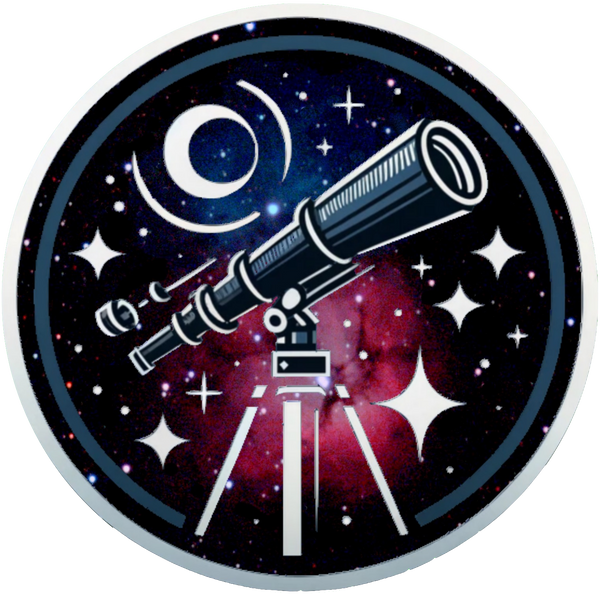
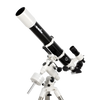 All
All
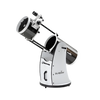 Dobson
Dobson
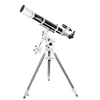 Refractors
Refractors
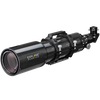 Ed & Apochromates
Ed & Apochromates
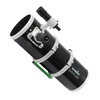 Newtonian reflector
Newtonian reflector
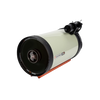 Schmidt Cassegrain
Schmidt Cassegrain
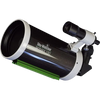 Maksutov-Cassegrain
Maksutov-Cassegrain
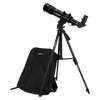 Solar
Solar
 Researcher
Researcher
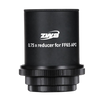 Focal reducer
Focal reducer
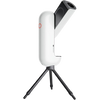 Intelligent
Intelligent
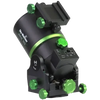 All
All
 Equatorial
Equatorial
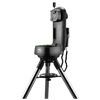 Alt/Az
Alt/Az
 Harmonic
Harmonic
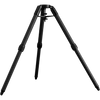 Tripods
Tripods
 Accessories
Accessories
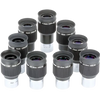 All
All
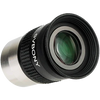 Wide angle
Wide angle
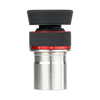 Zoom eyepieces
Zoom eyepieces
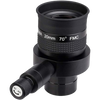 Reticulated eyepieces
Reticulated eyepieces
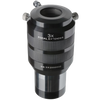 Barlow
Barlow
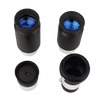 Plössl
Plössl
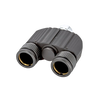 Binoculars
Binoculars
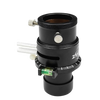 Atmospheric Corrector
Atmospheric Corrector
 All
All
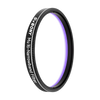 Visual
Visual
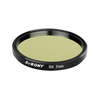 Photo
Photo
 Polarisants
Polarisants
 Solar Filters
Solar Filters
 Accessories
Accessories
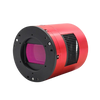 All
All
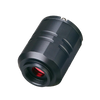 Color Cameras
Color Cameras
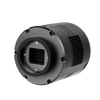 Monochrome Cameras
Monochrome Cameras
 Planetary/Guiding
Planetary/Guiding
 Objectives
Objectives
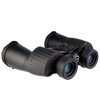 All
All
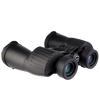 Binoculars
Binoculars
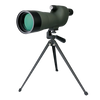 Spotting Scope and Monocular
Spotting Scope and Monocular
 Elbows
Elbows
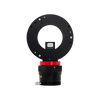 Optical Divider
Optical Divider
 Mirrors
Mirrors
 All
All
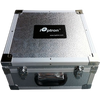 Bags and protections
Bags and protections
 Supports and counterweights,
Supports and counterweights,
 Camera adapters
Camera adapters
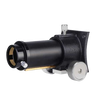 Focuser
Focuser
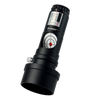 Collimation
Collimation
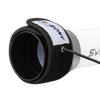 Heating band
Heating band
 Cables
Cables
 Collars
Collars
 Computers
Computers
 Fans
Fans
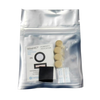 Others
Others
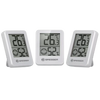 All
All
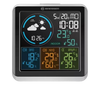 Weather Station
Weather Station
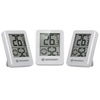 Thermometer
Thermometer
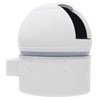 All
All
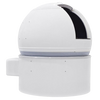 Observatory/Domes
Observatory/Domes
 Accessories
Accessories
 Askar
Askar
 Baader
Baader
 Bresser
Bresser
 Celestron
Celestron
 Explore Scientific
Explore Scientific
 GSO
GSO
 Optolong
Optolong
 Touptek
Touptek
 Vixen
Vixen
 ZWO
ZWO